Human Sleep and Moon Cycles
A 2021 study spanning three continents - led by the University of Washington’s Department of Biology, Argentina’s Sensorimotor Dynamics Lab and Yale University - has uncovered compelling evidence that human sleep still ticks to the rhythm of the Moon.
Sound Immersion: Listen as You Read
Experience these ideas as resonance — where thoughts find their sound. Words are music and ideas move like tides. Let the resonance open the space “between the lines” as meaning flows through you.
Moonstruck Sleep: How the Lunar Cycle Quietly Shapes Our Nights
A 2021 study spanning three continents - led by the University of Washington’s Department of Biology, Argentina’s Sensorimotor Dynamics Lab (CONICET-Universidad Nacional de Quilmes), and Yale University - has uncovered compelling evidence that human sleep still ticks to the rhythm of the Moon. Using more than 7,000 night-by-night wrist-actimetry recordings, researchers showed that even in today’s electrified world our slumber grows noticeably shorter and starts later in the nights leading up to a full moon.
Summary of the study
This research investigates the influence of the lunar cycle on human sleep patterns across various living environments. The study utilized wrist actimetry to monitor sleep in indigenous Toba/Qom communities in Argentina, which offered diverse levels of access to artificial light, ranging from no electricity to full urbanization. Additionally, college students in a modern urban setting were included to broaden the scope. Findings consistently indicated that sleep started later and was shorter on nights leading up to the full moon, a period when moonlight is abundant during the early evening. This suggests an ancestral link between moonlight and nocturnal activity, which artificial light may now emulate, impacting sleep timing even in contemporary societies. The study also explored potential gravitational influences and semilunar rhythms on sleep.
Key Insight
The study's primary conclusion is that human sleep timing is synchronized with the moon cycle across a wide range of living environments. This synchronization is evident regardless of ethnic and sociocultural background, and even persists despite varying levels of urbanization.
Specifically, the study found a clear synchronization of nocturnal sleep timing with the lunar cycle. This modulation was observed in rural indigenous Toba/Qom communities in Argentina, with and without access to electricity, as well as in a highly urbanized setting among University of Washington undergraduate students in the United States.
The core pattern observed is that sleep consistently starts later and is shorter on the nights before the full moon. This peak in sleep onset time and trough of sleep duration typically occurred 3 to 5 days before the night of the full moon. Conversely, sleep duration was longer and sleep onset was earlier during nights with no moonlight.
Specifically, the study found a clear synchronization of nocturnal sleep timing with the lunar cycle. This modulation was observed in rural indigenous Toba/Qom communities in Argentina, with and without access to electricity, as well as in a highly urbanized setting among University of Washington undergraduate students in the United States.
The core pattern observed is that sleep consistently starts later and is shorter on the nights before the full moon. This peak in sleep onset time and trough of sleep duration typically occurred 3 to 5 days before the night of the full moon. Conversely, sleep duration was longer and sleep onset was earlier during nights with no moonlight.
-
Sleep onset: 30–80 min later (vs. darkest night or new moon) and happens ~3–5 days before the full moon
-
Sleep duration: 20–90 min shorter (vs. darkest night or new moon) and
-
Effect gradient: Strongest in homes without electric light; weakest yet still present in Seattle students
Surprise Discovery
A hidden 15-day rhythm emerged. The study revealed surprising evidence of a semilunar (~15-day) component in sleep timing for the Toba/Qom communities, indicating a connection to both the ~30-day (lunar) and ~15-day (semilunar) lunar phases. While early-night moonlight is a key factor, similar lunar rhythms observed in urban college students—unaware of moonlight availability—suggest that other moon-related phenomena, like gravitational pull, may also influence sleep.
Remarkably, the moon's gravitational pull peaks approximately every ~14.75 days, aligning with both full and new moons. This ~15-day component proved more informative than 30-day sine waves for most participants. The gravitational pull may act as a "proximal cause" for sleep modulation related to the moon cycle, highlighting its reliability over nocturnal illuminance, especially since similar patterns emerged among urban students oblivious to moonlight.
-
Statistical models that combined a 30-day lunar and 15-day semilunar wave fit the data far better for most participants. That 15-day bump lines up with the Moon’s strongest tidal tug on Earth, which peaks at full and new moons every ~14.75 days.
Broader Implications
-
Evolutionary clocks – The persistence of a lunar signature in urban students—who rarely notice moonrise—suggests a deeply ingrained biological program rather than conscious behavior.
-
Sleep research design – Chronobiology studies that ignore lunar timing risk adding unexplained variance to sleep metrics.
-
Public health – Recognizing predictable “moon-related” sleep curtailment could refine fatigue-risk models for shift workers, first responders and transportation industries.
Final Thoughts
Whether under starlit skies in rural Argentina or neon glows in Seattle, our bodies still appear to keep one eye on the Moon. As lead author Horacio de la Iglesia notes, the data “strongly suggest that human sleep is synchronized with lunar phases regardless of ethnic background, culture, or level of urbanization.”
Sources & Foundations
Casiraghi L, Spiousas I, Dunster GP, McGlothlen K, Fernández-Duque E, Valeggia C, de la Iglesia HO. Moonstruck sleep: Synchronization of human sleep with the moon cycle under field conditions. Sci Adv. 2021 Jan 27;7(5):eabe0465. doi: 10.1126/sciadv.abe0465. PMID: 33571126; PMCID: PMC7840136.
In other Celestial Notes
Popular courses
-
Pluto: Our Sol's Gatekeeper
-
Moon and Cycles
-
Master Timing
-
Mars: Fire in the Heavens
Sources & Foundations
The science and concepts behind our Learning Hub.
Get in touch
Questions? Contact us - we’re here to support learners, professionals, and curious minds alike.
Copyright © 2025. All Rights Reserved.

